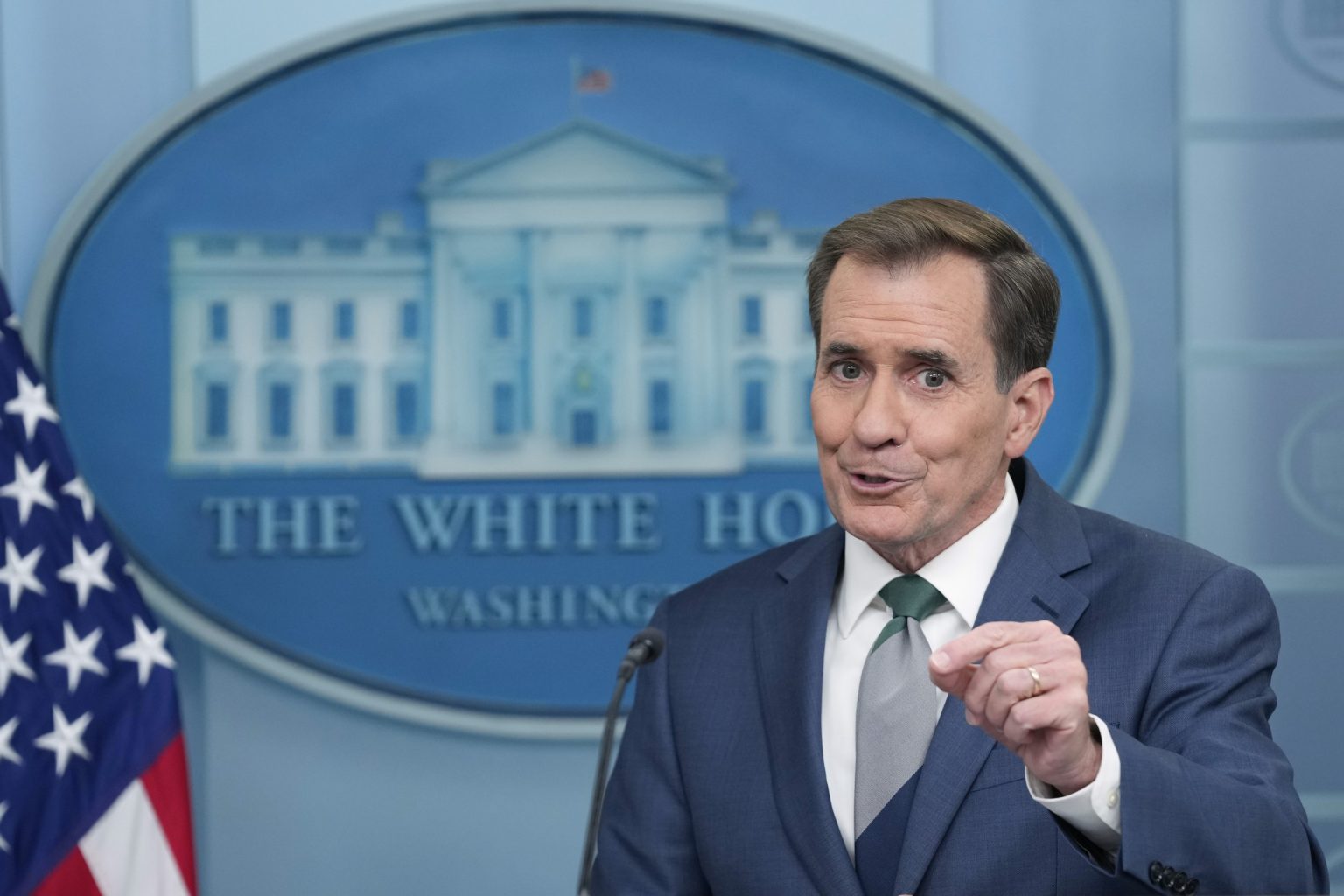The recent spate of drone sightings across the northeastern United States, and subsequently in other states, has prompted a multifaceted investigation by federal agencies, leading to a preliminary assessment while several key questions remain unanswered. Initial reports emerged from New Jersey residents, describing unidentified aircraft operating in their airspace. These reports quickly multiplied, expanding to include sightings in Ohio, New York, Pennsylvania, California, and Florida, raising concerns about the nature and purpose of these drones. The federal government, through the National Security Council, has attempted to address these concerns, offering its most detailed assessment of the situation to date.
John Kirby, spokesperson for the U.S. National Security Council, revealed that the investigation, spearheaded by the FBI, has analyzed approximately 5,000 tips and reports related to the drone sightings. The majority of these, according to Kirby, have been attributed to a combination of legitimate commercial drone operations, hobbyist drones, law enforcement drones, and even misidentified manned aircraft, helicopters, and celestial objects like stars. This categorization, while providing some clarity, underscores the complexity of distinguishing between benign and potentially malicious drone activity in a rapidly evolving technological landscape.
While the government’s assessment offers a plausible explanation for many of the reported sightings, a significant number remain under scrutiny. Kirby acknowledged that approximately 100 tips are still being actively investigated, indicating that the possibility of more complex or concerning explanations has not been entirely ruled out. This lingering uncertainty fuels speculation and highlights the challenges faced by authorities in determining the precise nature of these unexplained aerial phenomena. The FBI’s continued investigation into these remaining tips is crucial for providing a comprehensive understanding of the drone activity and addressing any potential security or safety concerns.
The investigation has also brought to light the potential dangers associated with public reaction to suspected drone sightings. The FBI and New Jersey State Police issued a joint statement warning against the use of lasers and firearms to target suspected drones. They emphasized the risk of misidentifying manned aircraft and the potentially fatal consequences of such actions. This warning highlights the need for public awareness and education regarding the safe and responsible handling of suspected drone sightings, emphasizing the importance of reporting such incidents to the appropriate authorities rather than taking matters into one’s own hands.
The drone sightings have also entered the political arena, with President-elect Donald Trump publicly commenting on the situation. Trump expressed skepticism about the government’s transparency, suggesting they possess more information than they are revealing. He even claimed to have canceled a trip to his golf club in Bedminster, New Jersey, due to a reported drone sighting in the area. This politicization of the issue adds another layer of complexity to the ongoing investigation and underscores the public’s demand for transparency and clear communication from government officials. The conflicting narratives surrounding the drone sightings contribute to the air of mystery and fuel speculation about potential undisclosed information.
The ongoing investigation underscores several critical issues related to drone technology and national security. Firstly, the difficulty in identifying and tracking drones, particularly smaller models, highlights the need for enhanced surveillance and tracking capabilities. Secondly, the potential for misidentification of drones as other aircraft emphasizes the importance of clear protocols for reporting and responding to such sightings. Finally, the public’s anxiety surrounding these unexplained aerial phenomena underscores the need for clear and consistent communication from government agencies to allay fears and address public concerns. As drone technology continues to advance, these issues will become increasingly relevant, requiring ongoing adaptation and innovation in both technology and policy to ensure the safety and security of our airspace.

